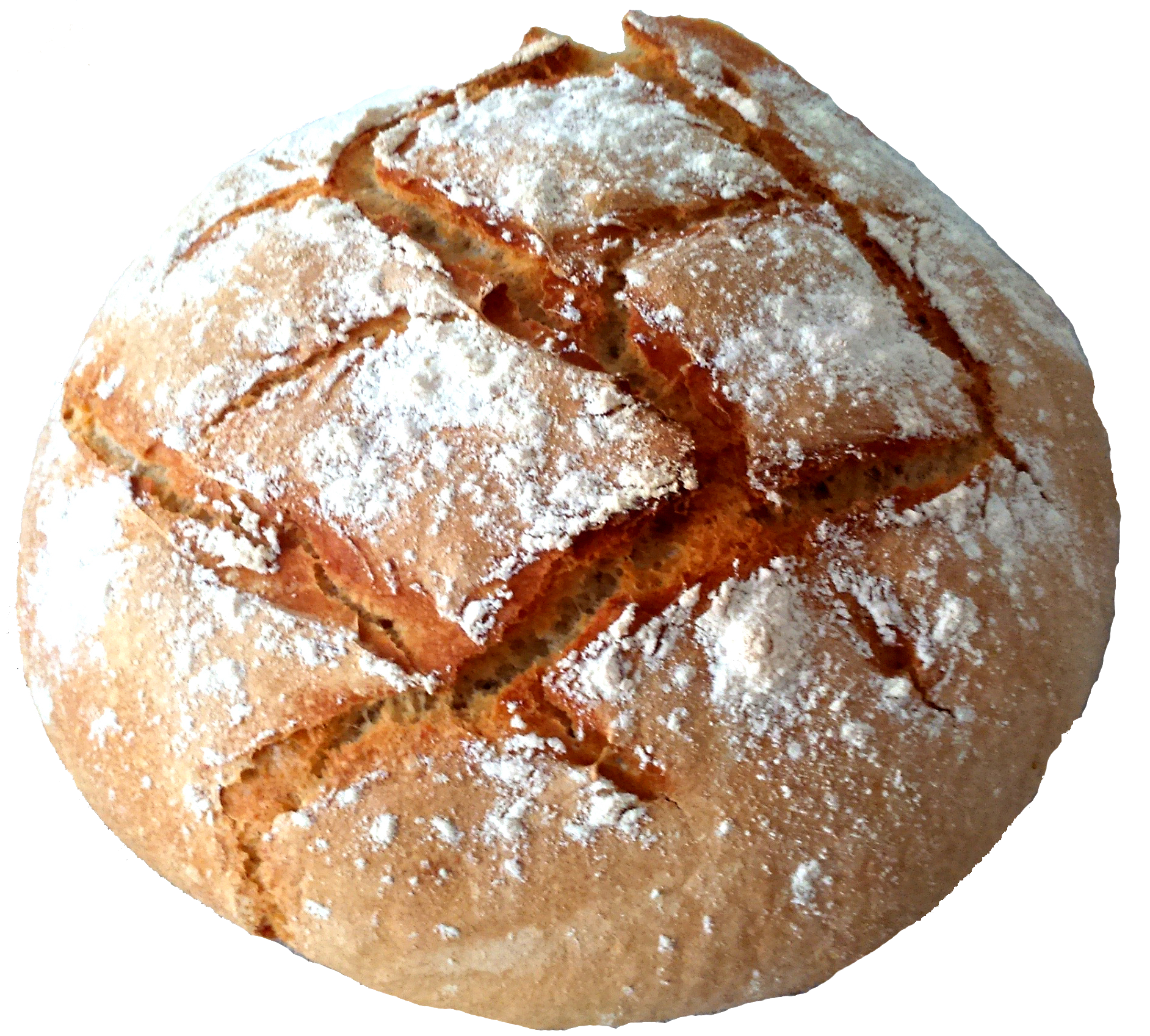 While we are staying away from the high street and trying to fill our enforced free-time now is the time to dust off the pinny and learn how to make bread again.
While we are staying away from the high street and trying to fill our enforced free-time now is the time to dust off the pinny and learn how to make bread again.
But the problem can be finding yeast – a must for most recipes (there are some for soda bread without it)
I know sometimes flour (another baking essential) can be hard to find too but you are more likely to have some already.
If you do that means that you can use the flour to make a sourdough starter to make bread,
Sourdough bread is a great alternative to conventional bread. Its lower phytate levels make it more nutritious and easier to digest.
Sourdough bread also seems less likely to spike your blood sugar levels, which makes it an option for those monitoring their blood sugar
A sourdough starter is just fermented flour and water that act as the raising agent for bread albeit slower than fast acting yeast.
You have to tend to it looking and fed daily at first so it’s a bit like a pet and a food source to keep you company through these solitary times. Some of my chef friends name their
Sourdough mine is Maurice who also adds a different flavour to all my baked goods.
It i cannot be rushed – if you start today, it will be a week before you can bake your first loaf, but once you get one started, you can use it for years.
Some bakeries say that the starter they use was started over 100 years ago.
 How to make a sourdough starter
How to make a sourdough starter
- Find a clean Kilner jar and leave plenty of space for your starter to grow.
- Add equal amounts of flour and lukewarm water – around 200g is a good place to start. Any type of flour will work (as long as it is grain based) but if you can get your hands on some strong white bread flour, use that.
- Leave it uncovered and store somewhere warm overnight.
- The next day, take out half of the mixture and discard it add another 100g of flour and 100g of water
- Do this every day until bubbles appear in the mixture. takes about five to seven days.
- When it reaches this point, put it in the fridge and feed it once a week.
- To feed it, bring it to room temperature, add the flour and water and then leave it out for 30 minutes to one hour before putting it back in the fridge.
If you use the sourdough to make bread, replace the weight you removed. For example, if you use 100g of the starter in a recipe, add 50g of flour and 50g of water back into the starter.
Once you have made your starter, you can find a huge number of recipes for all sorts of baked goods on the net but here’s a simple one to get you started.
Properly stored, sourdough bread will last for about 4 to 5 days at normal room temperature, if you cool thoroughly before storing and place in plastic storage bag or breadbox, or wrap in foil and store at room temperature.
Try this for your first atempt Sourdough bread.
